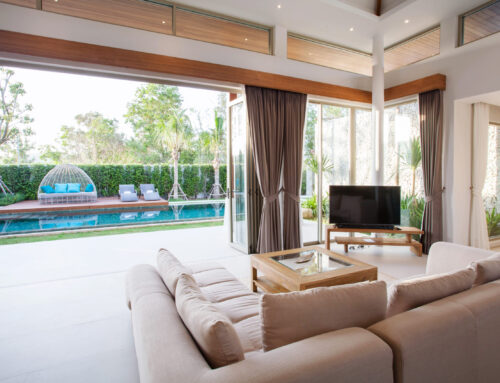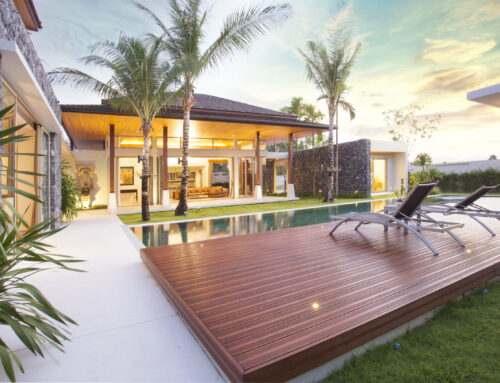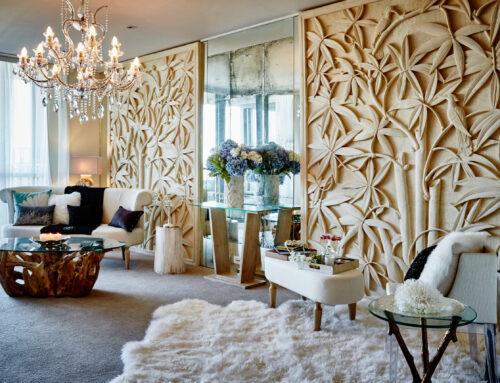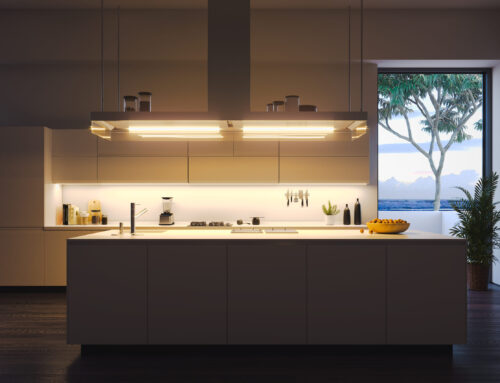Fancy and full of flair, chinoiserie is a popular style of interior design, one that works exceptionally well with modern design when carefully thought out. While the 2 styles may seem to contrast to the point of being unreasonable, they beautifully compliment each other when approached with a minimalist eye. This marriage is chinoiserie chic, and the style is relevant throughout today’s world of interior design, from modern cities like Miami to more traditional communities.
Chinoiserie became fashionable during the French Rococo movement, peaking at Louis XV’s court. It’s favor may have waned as time passed, but currently, casual and even professional designers embrace chinoiserie as it incorporates with modern design.
The key to making the ornate style work with modern design is using motifs sparingly. Chinoiserie’s signature patterns and colors can easily overwhelm a room, or create a feeling of stuffiness. When incorporated correctly within a modern interior, the style shines. Think of pairing chinoiserie with clean-lined pieces and architectural elements, to retain a simplistic feel and fully showcase every beautiful detail.
Characteristics of Chinoiserie
What is chinoiserie, exactly? Many wonder if the style is simply blue and white Chinese porcelain, Ming tables and opium jars. Well, it is this, somewhat, in terms of today’s interpretation. But, the word chinoiserie actually refers to a decorating style from Europe, one that reflecting the culture and influence of China as interpreted by the Europeans. So, there’s much more to the idea than Asian-looking pottery and furnishing.
Chinoiserie’s characteristics include fanciful, romanticized and fantasized European perceptions of life in the Far East. So, while it’s really not Chinese, you can say it’s imagined Chinese. Chinoiserie focuses on whimsical, over-the-top imagery along with playful contrasts of symmetry and scale. You can see how the style fits perfectly within a modern interior. The key to meshing the 2 styles, however, is limiting the use of chinoiserie so you end up with an idyllic balance of East and west, not kitsch.
What is Chinoiserie Chic?
Chinoiserie evokes Chinese motifs, but it embraces Western techniques in art, furniture making and architecture. It harmonizes stark abstract sculptures, paintings, furnishings and accessories with an intricate decorative style that’s ornamental and metaphorical.
Right now, there’s a distinct trend that’s bringing color back to interior decorating. For a while, a cold and sterile minimalist style dominated remodels and re-designs. We’re moving toward layer minimalism and cocooning, however, which means creating warmth by adding color and texture.
Chinoiserie chic accomplishes this design goal perfectly. Themes in the style typically find inspiration in nature, in particular in birds, flowers and elaborate garden settings. This makes it easy to bring the outdoors in, creating appeal through light heartedness, relaxation and joy.
In a modern or classic home, chinoiserie offers timeless design. Consider that many of the elements associated with chinoiserie never go out of style: blue and white pottery, florals with a hint of the Orient, the exotic.
Incorporating Chinoiserie Into Modern Design
There are several approaches you can take when incorporating chinoiserie into modern design.
Classic and Contemporary – Chinoiserie’s popularity, in part, stems from the fact that it’s steeped in history, and it’s romantic. These classic characteristics pair perfectly with interiors that need another dimension brought in, like modern interiors craving texture. Add just a touch of chinoiserie to make modern rooms chinoiserie chic, such as strong-patterned wallpaper used for a focal point.
Elegant and Energetic – Interior designers have long drawn on historic patterns to bring elegance to a space. The use of chinoiserie fits into this attraction, but it’s important to use restraint with the style. Especially when you already have pieces with a strong presence, as is common in modern design. Crafting a cocktail bar with Eastern accent and placing it in the same area as furnishings with geometric shapes is unexpected, and it can be absolutely gorgeous.
Movement and Minimalism – Chinoiserie tends to evoke a sense of travel and movement, which contrasts brilliantly with solid lines in architecture and furniture. Work with a light hand, however, when creating chinoiserie chic in a minimalist space. You want to conjure up images of fluidity among the strong, and not weaken modern design to the point that it loses its substance. Blue and white pottery is perfect here, eliciting the idea of the Orient within the freshness of the present day.
Wallpaper and gilded fixtures add a touch of chinoiserie charm to a modern space, while pagodas and exotic florals provide expressiveness.
Visit Distinctive Collection by Better Homes and Gardens Real Estate® when you begin your journey to buy or sell your unique home.








